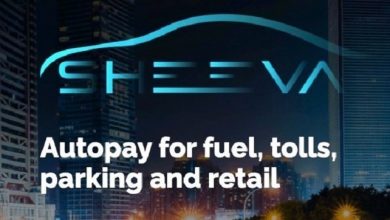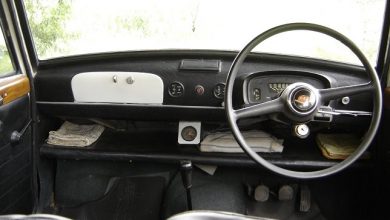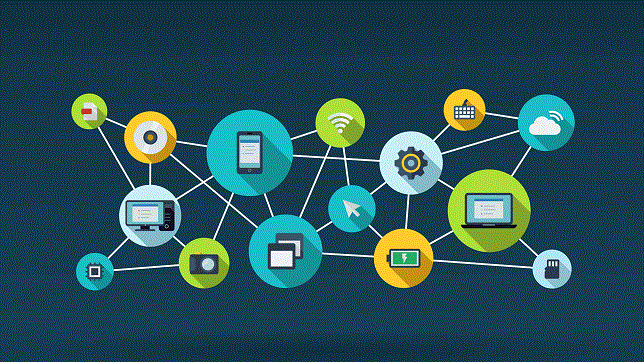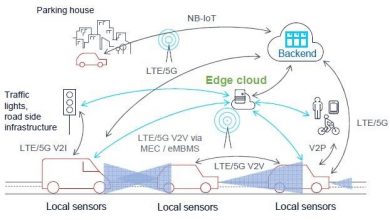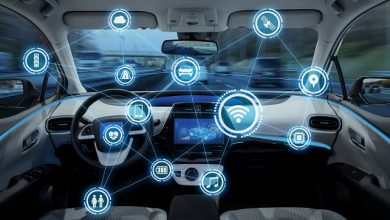Connected Mobility Ecosystem

The topic of connected vehicle is well aligned with the automotive trend CASE, which is connectivity, autonomous vehicles, vehicle electrification and smart mobility.
This is causing a massive disruption in the classical sense of the automotive industry that we all know about. But, if you look back how it all started, the connected vehicle has been available for the past 25 years. Back in 1996 when Google Maps was not even launched.
General Motors had a connected vehicle offering called “OnStar”, some of you may be familiar with it. This was a factory fitted telematics unit and it came with factory provided connectivity. The way the architecture worked is some of these cars would be connected vehicles and they would essentially connect with the mobile tower and give the driver hands free voice interface. Once the driver called, who was on the other side was a call center representative and this call center representative would be able to provide certain services to the drivers. This was one of the first commercial offerings of connected vehicle and the kind of services offered were essentially location tracking and emergency management. For example, if the airbag went off, the police, hospital and the fire department was notified. It also had ability to carry out remote diagnostics and alert the driver of any critical faults. Concierge services were also provided like get flowers delivered, book cinema tickets, book a hotel room and other things like that. But 25 years is a long time, while the genesis was like that, when we come to 2021 this particular domain has seen or continues to see a lot of innovation. Today, while talking about connected vehicles, is it is it is very difficult to not consider the entire connected mobility ecosystem.
This is because of the various advancements that have happened in sensors, edge computing technologies and cloud computing. I will just give you one view ,this is by no means the only view or the broadest view but I’ll give you one of the views about what are the different things that need to be considered in the mobility ecosystem architecture. In the center of course you have your vehicles, whether it is 2 Wheelers commercial vehicles, passenger vehicles. There are various ways that they are connected which is through telematics, but these vehicles need to be serviced, they need to be repaired, they may be part of a garage or a fleet, they may be part of shared mobility. These assets need to go back to the depots and that also needs to become part of the connected mobility ecosystem. A lot of these vehicles are going to run on alternative fuels and even if they run on diesel or CNG and in the future electric, that infrastructure management needs to be done for these vehicles. There will be a need for an integrated payment gateway for the users that will be using these vehicles. Also, there is a Vehicle to Infrastructure (V2X) which is vehicle to other infrastructure which can help arrive at things right like intelligent traffic management. There are advanced analytics, vehicle diagnostics, predictive maintenance, alerting the driver, assisting the driver, analyzing driver behavior, There is also managing the battery for electric vehicles. At Siemens we also have the concept of digital twin and we have advanced software technology that helps conceptualize vehicle designs in the first place, do their analysis and validation for manufacturing. These technologies also enable to virtually manufacture them in factories and before they actually get manufactured. Once manufactured and in operation, these vehicles will now be connected, the data that they are generating will be fed back to these design digital twins and engineering and digital twins. Each one of these topic in itself is a vast topic and it’s a very very exciting topic.
If we consider just one portion of the mobility ecosystem architecture which is V2X you can see that one needs to think in broader terms. The vehicle is not necessarily the individual vehicle that you own and is sitting in the garage or the vehicle is not necessarily a fleet of vehicles owned by a radio cab provider. When we’re talking about vehicles, these are public transport vehicles, these could be air transportation vehicles water transportation vehicles. These vehicles will need to be provided with intersection assistance, autonomous driving, urban mobility solutions, parking solutions, etc. There is a lot that connected vehicle really needs to do. The connected vehicle in the future is really going to work very hard and all that hard work is going to make all our lives easier, they’re going to make our environment better, they’re going to help us consume a lot more services, make our time more productive that we spend in the vehicle commuting from one place to another place.
If we move on to the connected infrastructure, while this article is about connected vehicles, but just to take a more aggregated view, in the electric vehicle infrastructure, really the vehicle is just a part of a larger mobility ecosystem. Starting right from the non renewable sources which is the majority of the power grid that comes in, to the renewable power generation, to scheduling your vehicles to the battery chargers while making sure that at that most of the charging is happening when electricity is at the cheapest rate at that time keeping the fleet running up 100% of the time. Such solutions can be enabled today if you have a connected infrastructure, there are ready made solutions available to manage such fleets, such depots and such charger management infrastructure.
Connected Vehicle in India, where do we stand with respect to that? In 2018 as we are all aware of there was an excellent start with the AIS 140 regulation coming in and we’ve seen some fantastic adoption. If anyone looks at the sheer number of startups which provide the track and trace service in India it’s very exciting. However we have had an excellent start but we definitely need further regulations. We as a country, we’ve got a lot of exciting things coming out of in this particular domain but we need to be ready not just utilized the existing 4G technology but also keep an eye for the 5G technology. The opportunity here is massive there are over 300 million vehicles on Indian roads we have a complete ecosystem and it is flourishing. If you are a fleet operator today you can look at very innovative solutions on how to optimize your costs, optimize your trips, use predictive maintenance solutions and extend the life of your assets. If you are telematics service provider today, you have a lot of opportunity to integrate your offering with various other offerings to complete the connected mobility ecosystem. Just providing tracking and tracing may not be a successful commercial model anymore. You need to provide additional digital services in terms of optimizing the routes and other things discussed earlier. Strategic partnerships between the ecosystems will become necessary and I certainly see that there will be some very interesting partnerships that may come out with relatively smaller startups with a larger technology providers. Siemens provides various cloud platforms like MindSphere, which is Industrial IoT as a service and Mendix, the complete low code/no code application platform. Start-up telematics service providers can join us and enjoy the industrial connectivity that we offer across the board in our markets. There could be longstanding older OEMs having partnerships with more newer age companies. These solutions however will need to be open then it will need to be extensible and those technologies within this domain which are open and extensible, they are most likely to grow and even survive. Lastly I believe in terms of use cases we’re still just at the tip of the iceberg there are many more possibilities that we’re going to see. Some exciting solutions are already available in terms of public transport systems that have been designed. There is a very high uptake of innovation in connecting users with their mobility to their environment. There are several solutions available, we at Siemens have got very comprehensive solutions available which can monitor connected vehicles, reduced service costs, maximizer utilization and improve your customer satisfaction.
Author:

Sachin Sanghi
Director, MindSphere IoT & Mendix Low-Code
Siemens Digital Industries Software
A highly skilled Go-To-Market leader for digitalization business offerings for industrial enterprises in India. 9 years of core automotive experience in USA and 16 years in different leadership roles in India with large enterprises. An acute business acumen and high-level technical knowledge about core IT technologies like cloud computing, data analytics, artificial intelligence, machine learning and enterprise software. Currently engaged for sales opportunities across various sectors including Automotive, and logistics for adoption of MindSphere – The open, Industrial Internet of Things platform and Mendix, The Low-code Platform from Siemens.
Published in Telematics Wire

